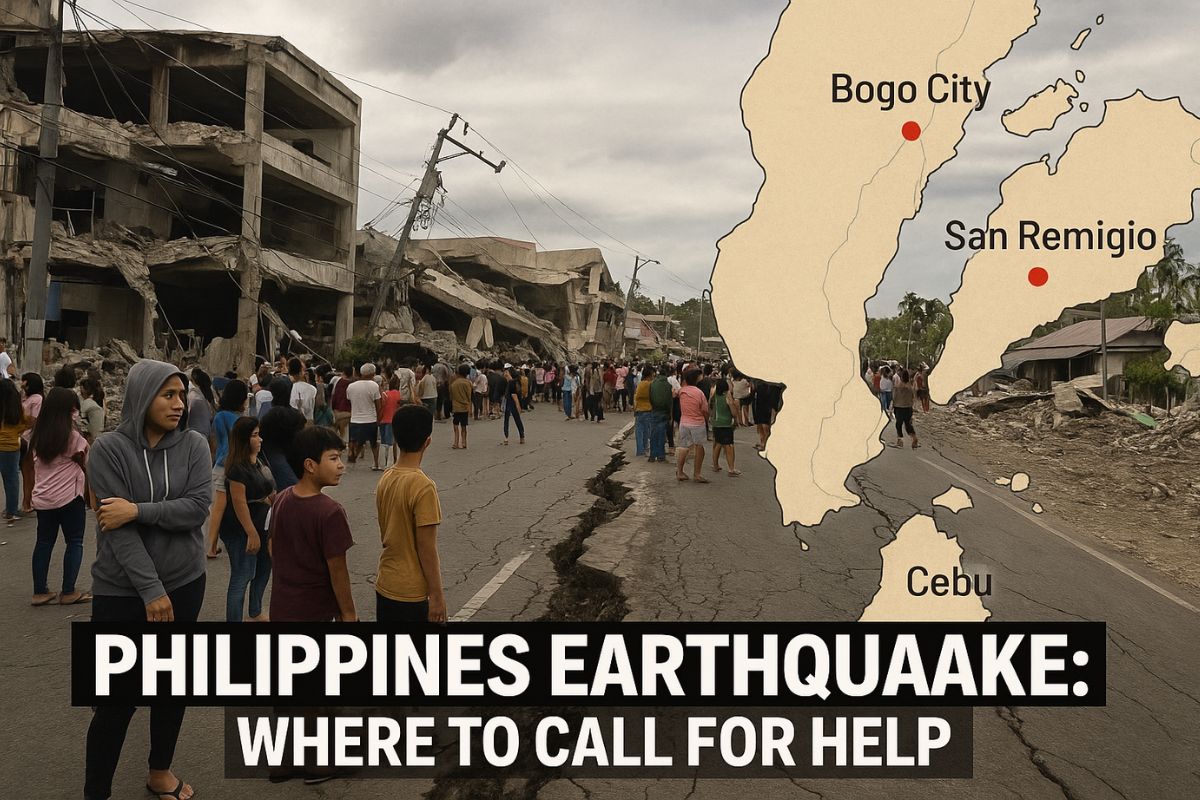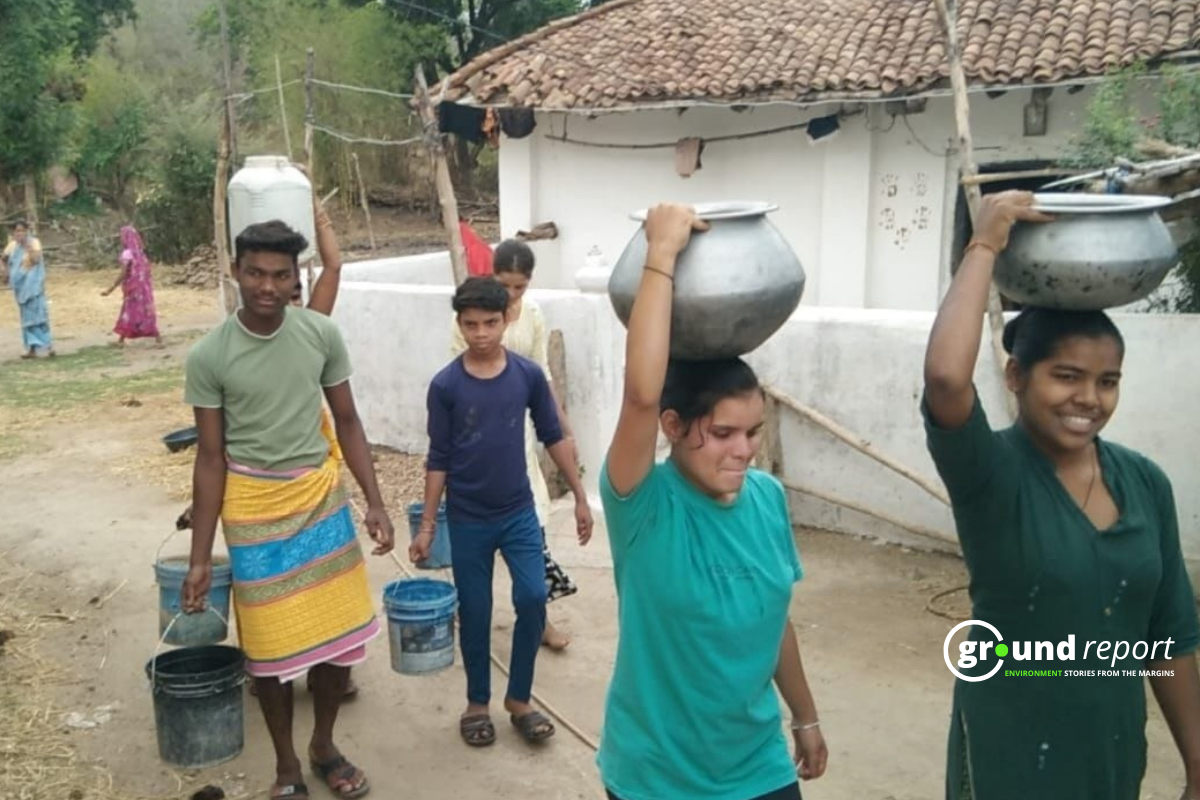The ice in the Norwegian Arctic is contaminated with alarming levels of perfluoroalkyl and polyfluoroalkyl substances (PFAS). These chemicals may represent a significant environmental stress factor for the region’s fauna, according to new research published in the journal Science of the Total Environment.
Chemicals threaten wildlife
The study, led by the University of Oxford, found that the ice of the Svalbard archipelago contains 26 types of PFAS compounds. It also revealed that when ice melts, chemicals can move from glaciers to downstream ecosystems, such as fjords and tundras.
Meltwater can contain a cocktail of contaminants that affects the entire food chain, including plankton, fish, seals and polar bears, all of which have previously been found to have high levels of PFAS in their blood.
“Some PFAS appear to be mobile during snowmelt, which could be concerning for downstream ecosystems,” said William Hartz, the study’s lead author, who noted a “doubling effect” in animals as climates change and melt the ice.
12,000 chemicals
PFAS are a class of about 12,000 chemicals often used to make consumer products resistant to water, stains, and heat. They are called “eternal substances” because they do not break down naturally, and they are linked to cancer, liver disease, kidney stress, fetal complications, and other serious health problems.
It is worth mentioning that, among the PFAS compounds found, were PFOS and PFOA, considered two of the most dangerous. The study also detected particularly elevated levels of TFA, a byproduct of refrigeration.
During the 1987 Montreal Protocol, many countries agreed to phase out chlorofluorocarbons, or CFCs, a potent greenhouse gas used for refrigeration. Eventually, they were replaced by hydrofluoroolefins (HFOs).
Once in the environment, HFOs, which are also greenhouse gases, can be converted to TFA, which are increasing in the Arctic. TFA and other PFAS compounds are mobile and can travel through the atmosphere to be deposited in the Arctic or elsewhere in the world.
“Limited knowledge about safe levels of TFA in the environment needs to be addressed,” the authors stated.
ALSO READ
- Varanasi Is Sinking, Cracks On Major Ganga Ghats
- Illegal Mining Of Gypsum Near The India-Pak Border Increases The Risk Of Infiltration
- The Green Hydrogen Plant In Guna Will Be Commissioned By The End Of 2023
Follow Ground Report for Climate Change and Under-Reported issues in India. Connect with us on Facebook, Twitter, Koo App, Instagram, Whatsapp and YouTube. Write us on GReport2018@gmail.com.









